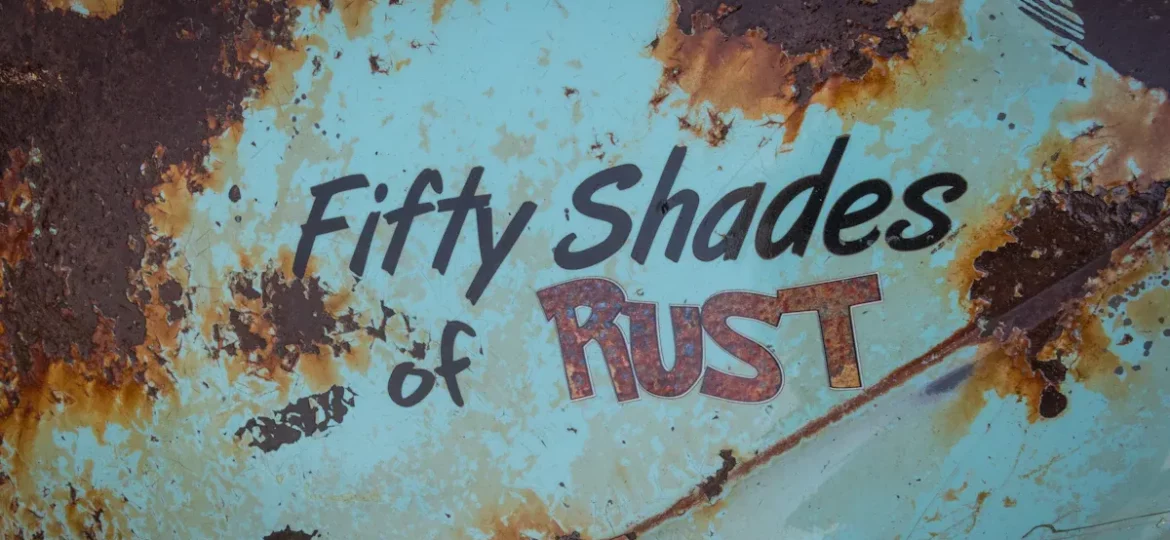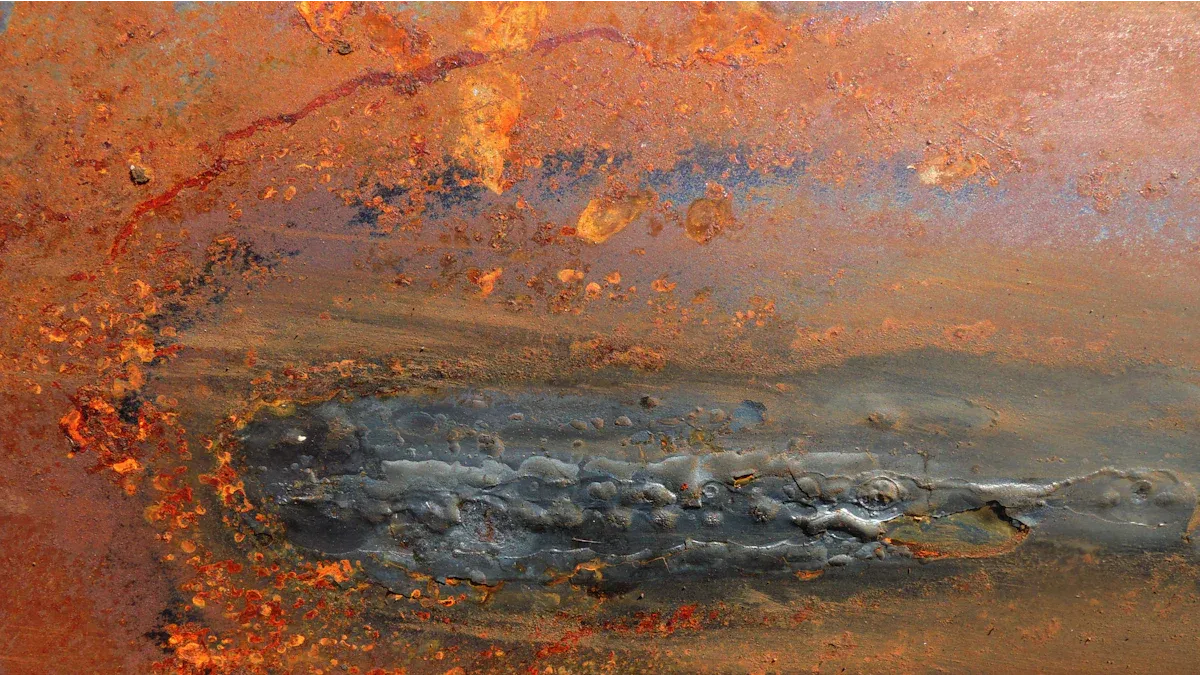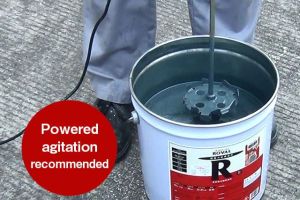

Corrosion is a constant problem. It harms buildings and businesses. It costs a lot of money. It also makes things unsafe. Zinc-enriched protective layers are a great way to fight this problem. This blog looks at how these layers work. It shows how to use them. It also proves they are good. Zinc protects in two ways. It helps materials last longer. This is true even in tough places.
Science of Zinc Corrosion Protection

Understanding Corrosion in Harsh Environments
Corrosion is a natural process. It slowly destroys materials. Metals are especially affected. This happens when metals react. They react with their surroundings. Harsh environments speed up this damage. These places include ocean areas. Salty air is present there. Industrial zones have many chemicals. They also cause fast corrosion. High humidity makes metals corrode. Extreme temperatures do too. This damage weakens structures. It makes equipment fail. Knowing these conditions helps engineers. They can protect materials better.
Zinc’s Sacrificial Anode Mechanism
Zinc protects against corrosion. It works powerfully. This is called sacrificial protection. Zinc is more active than steel. It gives up electrons easily. This is more than steel. Zinc and steel connect. This happens in a bad environment. Zinc acts as a “sacrificial anode.” It corrodes instead of steel. The zinc layer sacrifices itself. It protects the steel below. This galvanic protection keeps steel strong. It stays intact. This mechanism is key. It makes Zinc-Enriched Protective Layers work well.
The Barrier Effect: Physical Protection
Zinc also creates a physical barrier. This is beyond sacrificial action. A zinc layer covers the steel. It stops bad elements. These elements cannot reach the steel. It blocks water and oxygen. Harmful chemicals are also blocked. Over time, zinc reacts with air. It forms a thin film. This film has zinc oxides. It also has carbonates. This passive film helps the barrier. It makes the zinc layer stronger. It resists attack better. This dual protection makes zinc great. For example, Galva Brite Cold Galvanizing Compound offers strong barrier protection. Many also look for the best zinc paint in Pakistan. They want similar barrier benefits.
Putting on Zinc Protection
Engineers use different ways. They put zinc on things. Each way fits certain needs. These ways protect steel best. They make buildings last longer. They make parts last longer too.
Hot-Dip Galvanizing
This is a common way. Steel goes into hot, melted zinc. Workers clean the steel first. They take off dirt and rust. Then, steel goes into liquid zinc. The zinc sticks to the steel. This makes a strong layer. It is a mix of metals. It stops rust. This method protects big steel things. It works for bridges. It works for guardrails. It also protects pipes. It protects fasteners. This way protects for a long time.
Zinc Coatings and Primers
Zinc coatings also protect steel. These coatings have lots of zinc bits. Workers paint them on. The zinc bits react with air. They protect the steel. This happens fast. A thin liquid helps the zinc work. This makes a big active area. Special zinc coatings work well. They protect steel in wet places. They also work near the ocean. These coatings are good for some parts. Many people want good zinc paint. They use it for these things. Some products give great protection. They are easy to use.
Steel Sheets with Zinc
This is a special steel product. Factories make it in big rolls. Steel sheets go through hot zinc. This happens all the time. It makes a smooth zinc layer. This way is good for making many things. The steel can bend. It can be shaped. This is good for car parts. It is also good for roofs. It is good for appliances. This way makes sure quality is good. It stops rust for many products.
Advanced Zinc Protection Technologies
Scientists find new ways. They use zinc. These methods protect better. They meet industry needs.


Electrogalvanizing for Precision
Electrogalvanizing uses power. It puts a thin zinc layer on steel. Workers put steel in zinc liquid. They use electric current. Zinc goes onto the steel. This makes a smooth coat. This is good for small parts. It works for complex shapes. It controls coat thickness. It is great for car parts. It protects electric parts. The thin layer stops rust well.
Thermal Spraying Zinc for Structures
Thermal spraying uses zinc differently. Workers melt zinc wire. Or they melt powder. They spray it on a surface. This makes a protective coat. Zinc bits stick to steel. This works for big things. It works on bridges. It works on tanks. It can fix damaged zinc. It does not need dipping. This is good for on-site work. Sprayed zinc is strong. It lasts a long time.
Zinc-Aluminum Alloys for Enhanced Performance
Engineers use zinc mixes. They add other metals. Aluminum is one. These mixes work better. Zinc-aluminum coats stop rust more. They last longer than pure zinc. This is true in tough places. Aluminum helps make a strong film. This film blocks more. These new layers are in buildings. They are in sea uses. They make materials last much longer.
Testing and Real-World Performance
Accelerated Corrosion Testing
Scientists test protective layers. They use special labs. These labs make harsh conditions. Salt spray chambers spray salty mist. Humidity chambers make things very wet. These tests speed up rust. They show how materials will last. Engineers compare coatings. They find the best protection. This testing improves zinc layers. It makes sure they meet rules.
Field Exposure and Longevity
Lab tests are good. But real places are tricky. Field tests put materials outside. They face real weather. They face pollution. They face temperature changes. Researchers watch them for years. They see how layers hold up. This data shows how long zinc lasts. It proves zinc protects steel for decades. This real proof shows zinc works.
Case Studies in Challenging Conditions
Many buildings show zinc’s worth. Coastal bridges use galvanized steel. They fight constant salt spray. Ocean oil rigs use zinc coatings. These protect from seawater. They protect from harsh winds. Power towers use zinc protection. They handle bad weather everywhere. These examples show zinc’s key role. It makes things strong and safe. This is true in tough places.
Zinc-Enriched Protective Layers fight rust. They work well. They protect in two ways. They sacrifice themselves. They also block things. Many ways apply them. Hot-dip galvanizing is one. Special paints are another. These layers make things last. They cut down on repairs. They make things safer. Zinc is key in building. It helps things last. It makes strong structures.

